Ukraine

Ermakov island
Ermakov Island is one of the largest islands in the Ukrainian Danube delta, 9.6 km long and 3.6 km wide, with an area of about 2300 ha. It is located in the lower delta near Vilkovo. Ermakov was restored to a natural state in 2009 as part of a WWF project. Nowadays it is stated to be one of the biodiversity richest parts of the Danube Biosphere Reserve, sheltering flocks of white pelicans, greylag geese, mallards, great white egrets and other wetland birds. We plan to further restore some parts of the island, reintroducing big grazers on the island, particularly water buffalo and Konik horse, build relevant eco-infrastructure, and promote this territory as a great wild location for tourists.
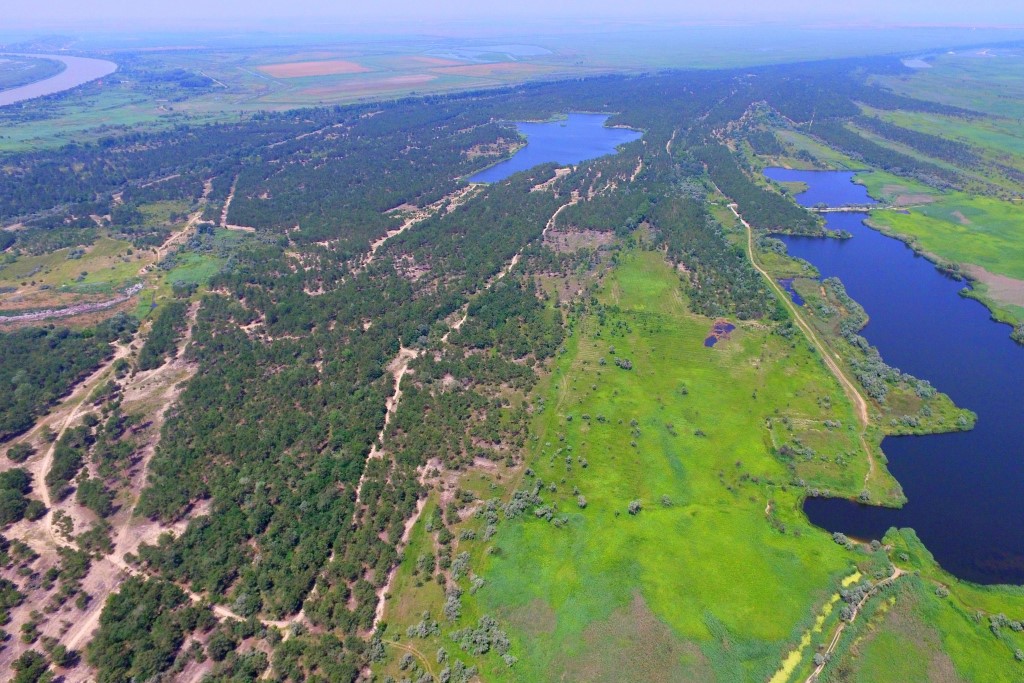
Zhebriyansky Ridge
Zhebriyansky Ridge is a sand ridge on the north of the Danube delta near Vilkovo. This territory is the part of the Danube Biosphere Reserve. It is composed of seaside sands covered with artificial pine plantations. The ridge has a rich entomofauna – more than 20 species of insects found here are included in the Red Book of Ukraine. We plan to restore the Zhebriyansky Ridge dune system by replacing pines with indigenous forest species and opening up the dunes so they are closer to their natural condition, as well as by reintroducing big grazers such as kulan and red deer.
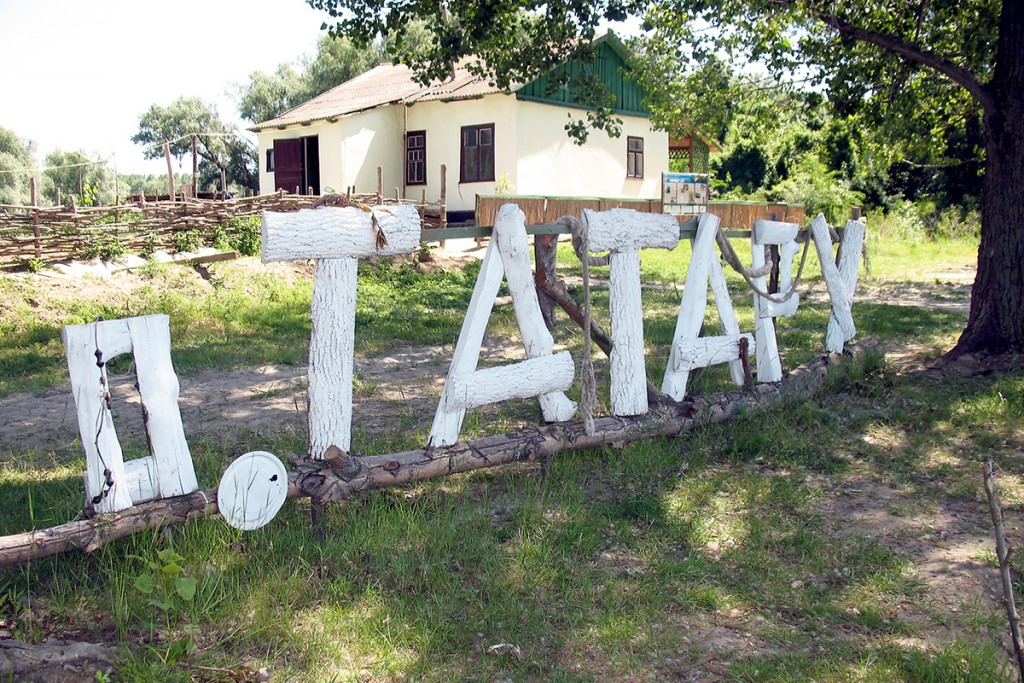
Tataru Island
Tataru Island is located in the upper part of the Danube Delta near Izmail. In 2006, after some decades of agricultural use of the island in Soviet times, water exchange with the Danube was restored under WWF project by demolishing part of dams, surrounding the island. In 2008 a herd of Ukrainian grey cattle was introduced here to renew grazing on the island.
We plan to bring a few grey cattle bulls to the island to genetically enrich the existing herd of animals. Hutsul horses will also be reintroduced to Tataru to diversify natural grazing. Ecotourism infrastructure on the island will be updated and further developed.
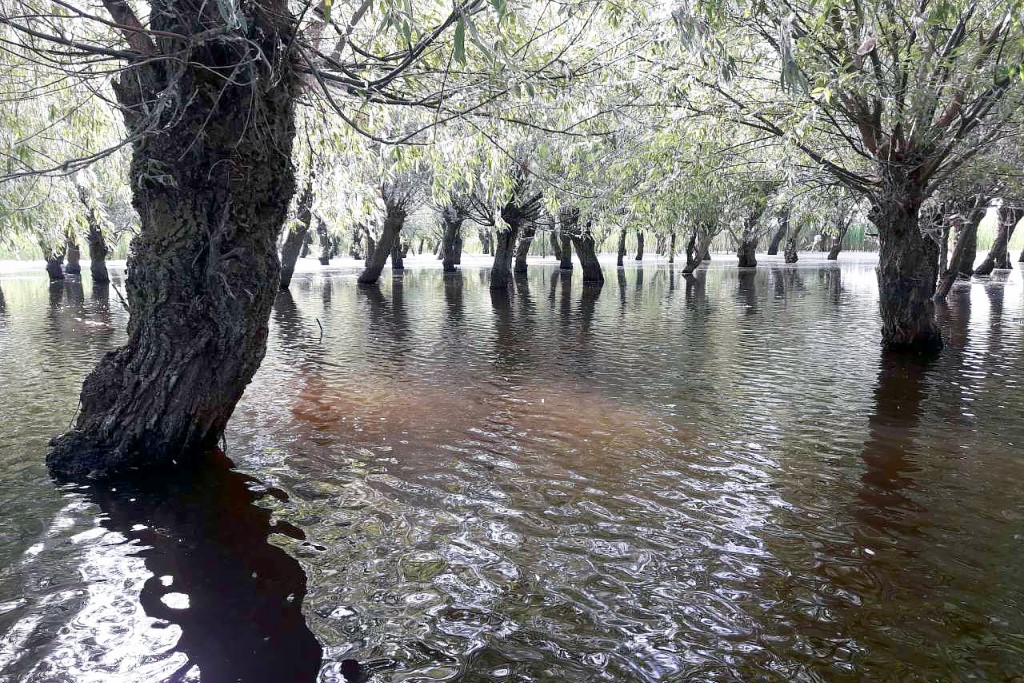
Kartal Lake
Kartal Lake is located in the upper part of the Ukrainian Danube Delta near Orlovka community. The polder near the lake was restored three years ago by Danube basin water management department and NGO “Center of regional studies”. An ecological park “Kartal” was created in this wetland area, hosting a rich water flora. Water buffalo brought here from Transcarpathia perform a grazing function and also attract tourists to the eco-park. We plan to build additional infrastructure and support the development and promotion of this picturesque region.
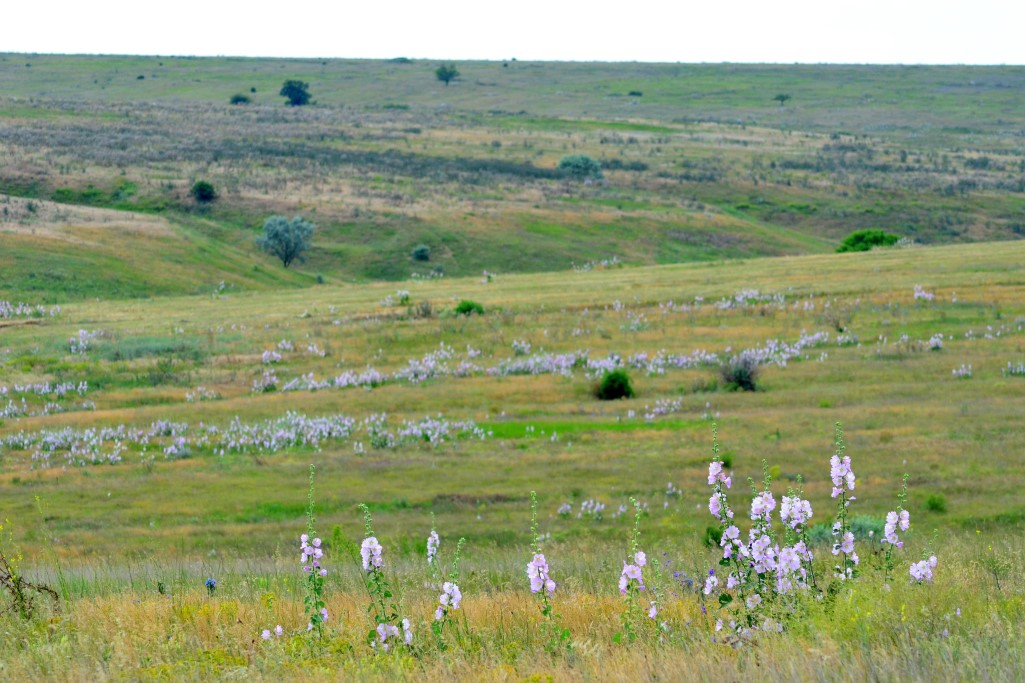
Tarutino Steppe
Tarutino steppe is one of the very few steppe areas of the region remaining practically untouched. It is located in the northern part of the Danube region near Veselaya Dolyna community. In Soviet times, there was a military training ground on this territory, which allowed the unique steppe biodiversity to be preserved to our days. In 2016, part of Tarutino steppe was plowed. We plan to restore ploughed steppe areas and reintroduce the red deer, kulan and demoiselle cranes here. The development of ecotourism will allow the local community to make a profit from nature.
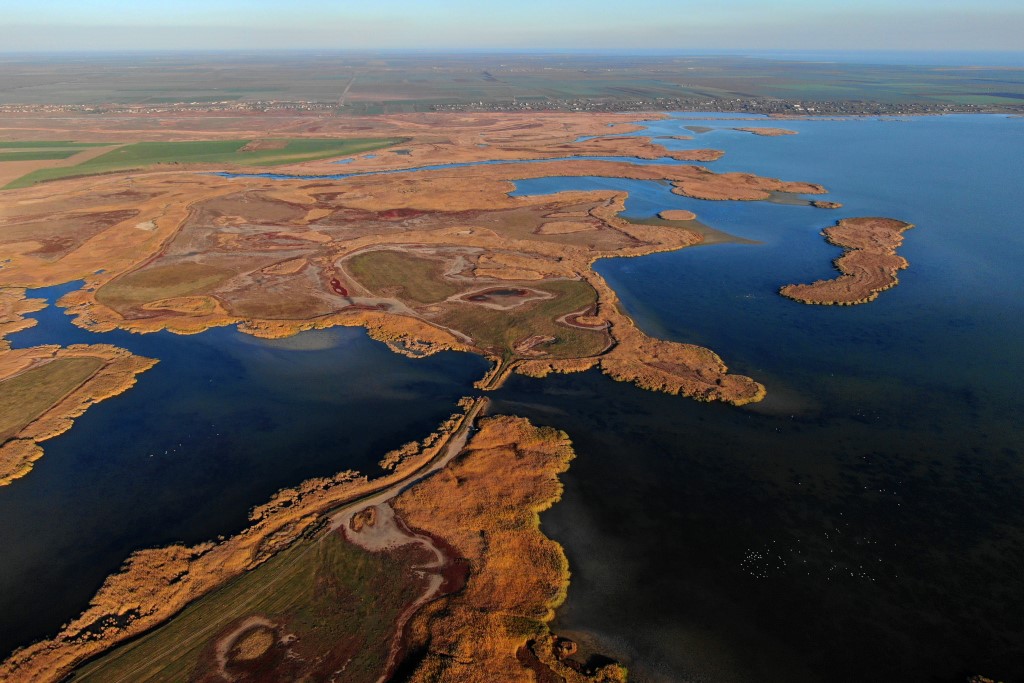
Kogilnik, Kagach and Sarata
The picturesque Kogilnik and Sarata rivers start in Moldova before entering the Sasyk Lagoon in the Ukrainian part of the Danube Delta. A series of 10 small and obsolete dams, erected during the Soviet era times by local farmers, still restricts flow close to the river mouth, negatively impacting the river bed and local biodiversity. We plan to remove these artificial barriers, restoring river flow and leading to the creation of about 20 kilometres of new habitat along the river, including flooded meadows. This will benefit a host of wildlife species, including wild carp, frogs, otters and a wide range of breeding and migratory birds.
Romania
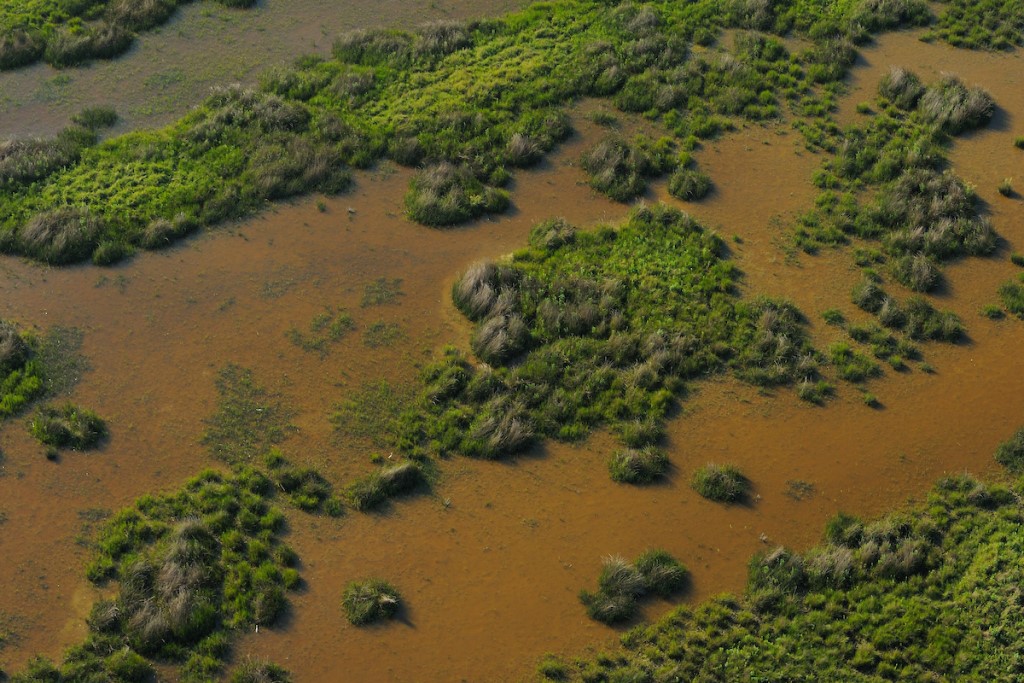
Cernovka Island
Cernovka is a big island in the Romanian part of the Danube delta with the area of 1580 ha. There was an attempt to restore the island to natural state in 1993 under WWF project by opening the dykes, built on the islands to drain the areas for agriculture, and re-connecting the island’s channels to the Danube. But morphological processes, such as sediment management, were not fully taken into account, that led to excessive siltation and overgrown areas of reed on the island. We plan to check the previous weak points and further restore Cernovka to a more dynamic natural state. This will hopefully will lead to biodiversity comeback to the island.
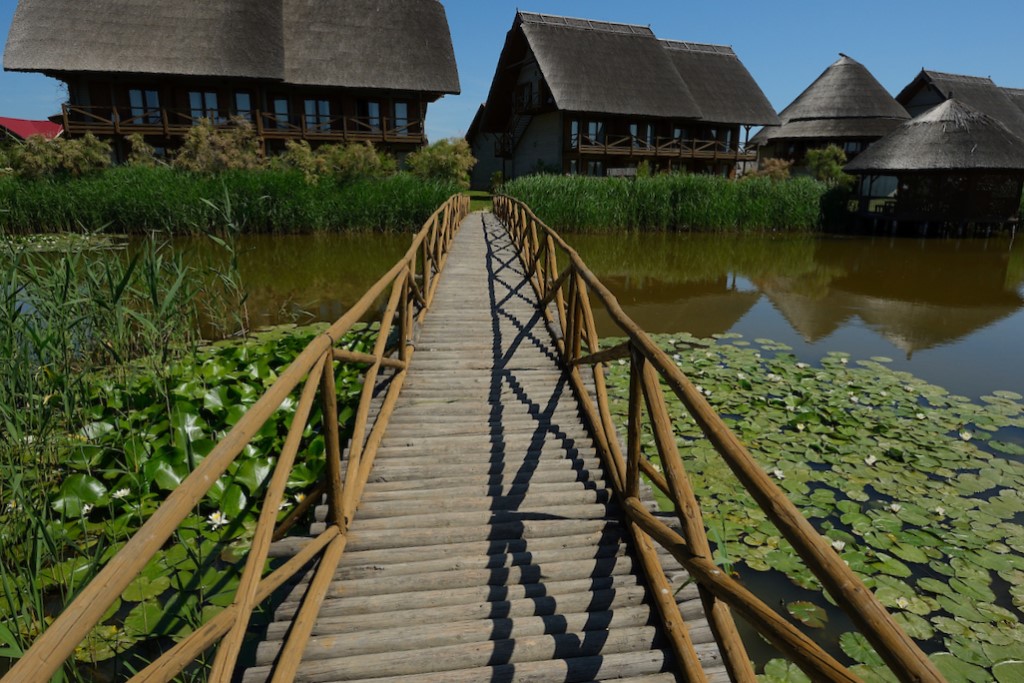
Sfântu Gheorghe
Sfântu Gheorghe is a village area located at the end of the southern arm of the Danube near the Black Sea. An ambitious project of natural grazing using Tauros reintroduction is now under implementation here with the support of the local community. 18 Tauros were translocated here during 2015-2017. We have also investigated the possibility of reintroducing beaver to the Sfantu Gheorghe village area. Last but not least, we support ecological tourism and other nature-based businesses in this location.
Moldova
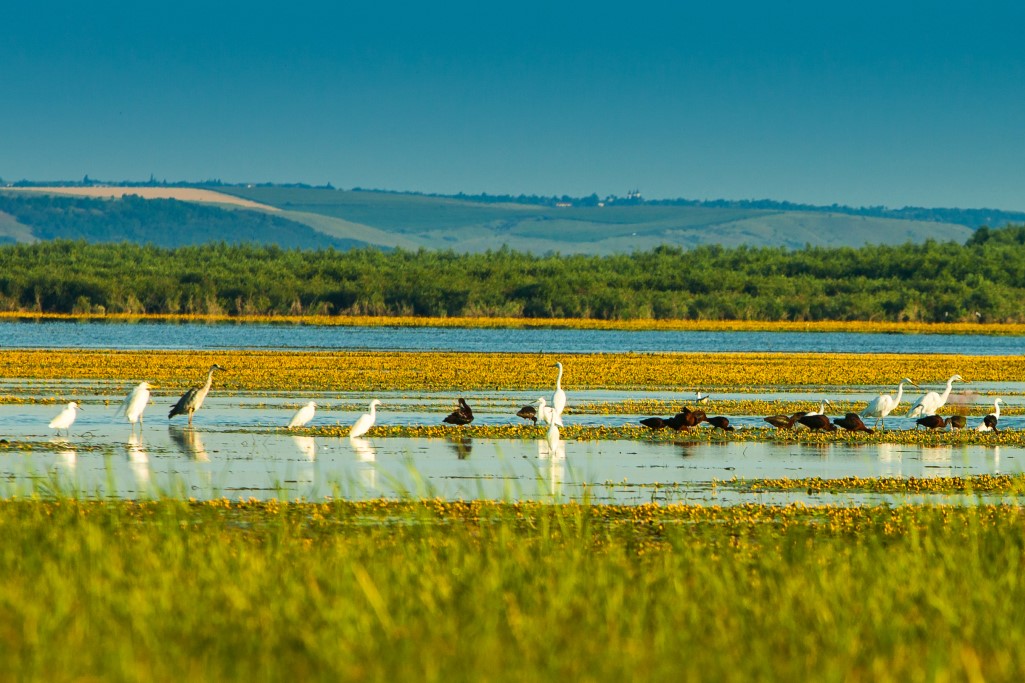
Beleu Lake
Beleu is a floodplain lake at the lower Prut River. Beleu is the largest natural water body in Moldova. It is part of the biosphere reserve Rezervatia Prutul de Jos. This is a breeding and feeding ground for many different waterbirds: spoonbill, herons, glossy ibis and others. You can also spot otter and European mink here. As part of the project, a local partner – the NGO Verde e Moldova – will restore the natural connection of the lake to the Prut River, and support ecotourism in the area.